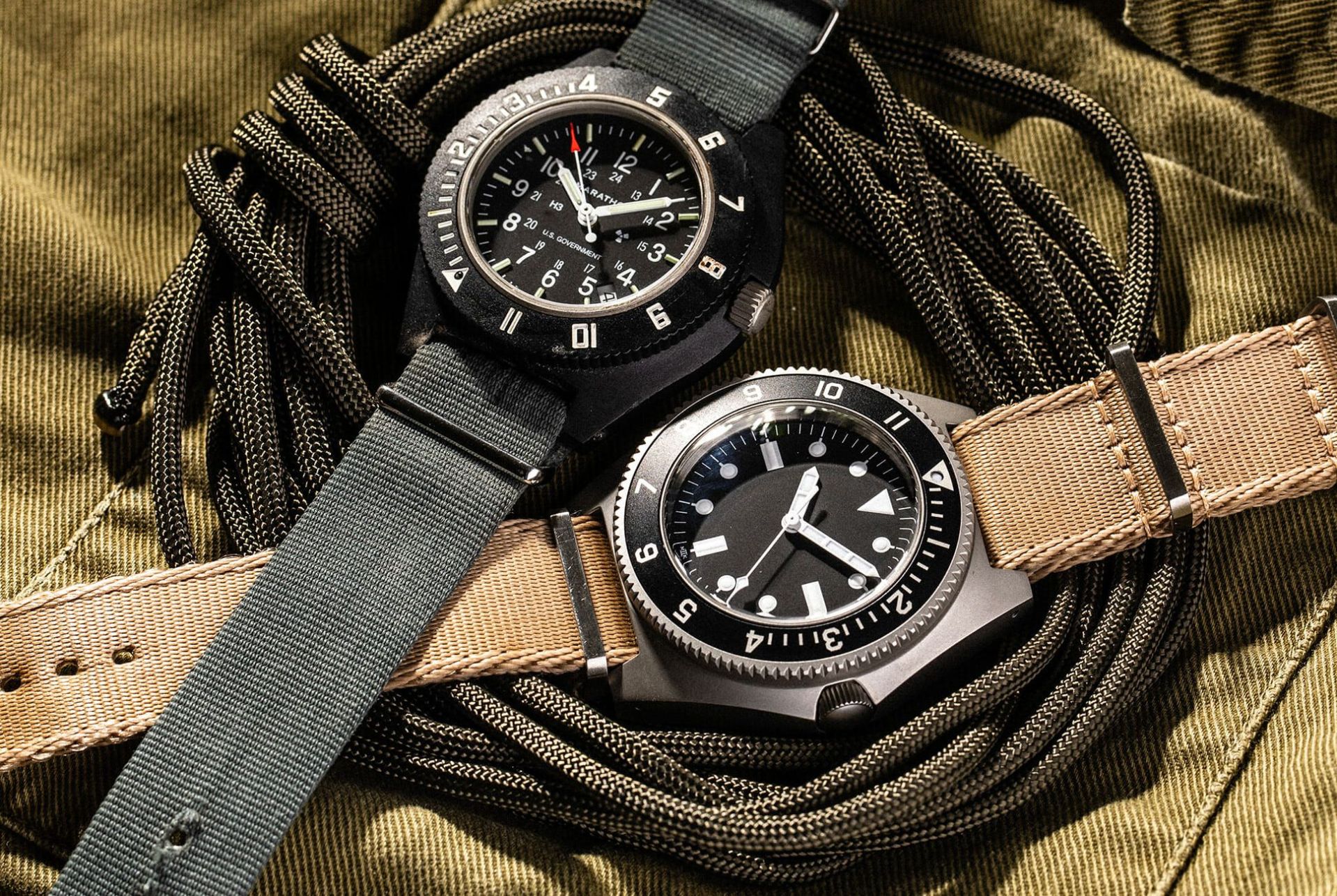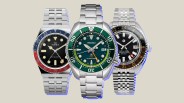These days, we tend to take shock protection in our watches for granted. Shocks, however, have long been the enemy of the mechanical timekeeper, as even a simple blow to a timepiece from smacking one’s arm against a table could be enough to cause damage to the intricate movement inside.
Some watchmakers today claim that their watches are particularly shock-resistant. What does it mean and why is it important?
A history of shock resistance
Watchmakers have been battling the problem for centuries, with solutions dating as far back as the 1700s, when Abraham-Louis Breguet invented the pare-chute shock protection system and installed it in some of his more exclusive models.

By and large, watch manufacturers would continue the search for an ideal shock protection system until the year 1932, which saw the introduction of the Incabloc system that could be adapted to fit in any watch.
It took some time for manufacturers to equip their watches with the technology, which is why we see watches made as late as the 1950s that didn’t utilize any form of shock protection.



